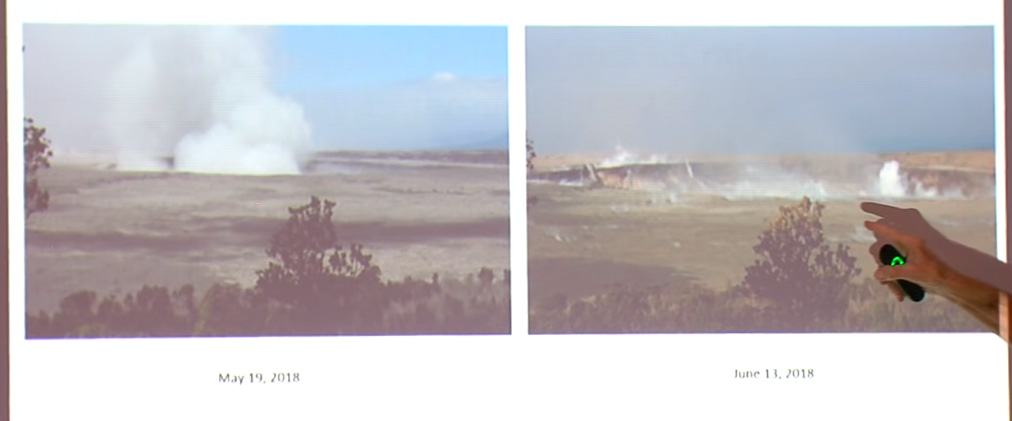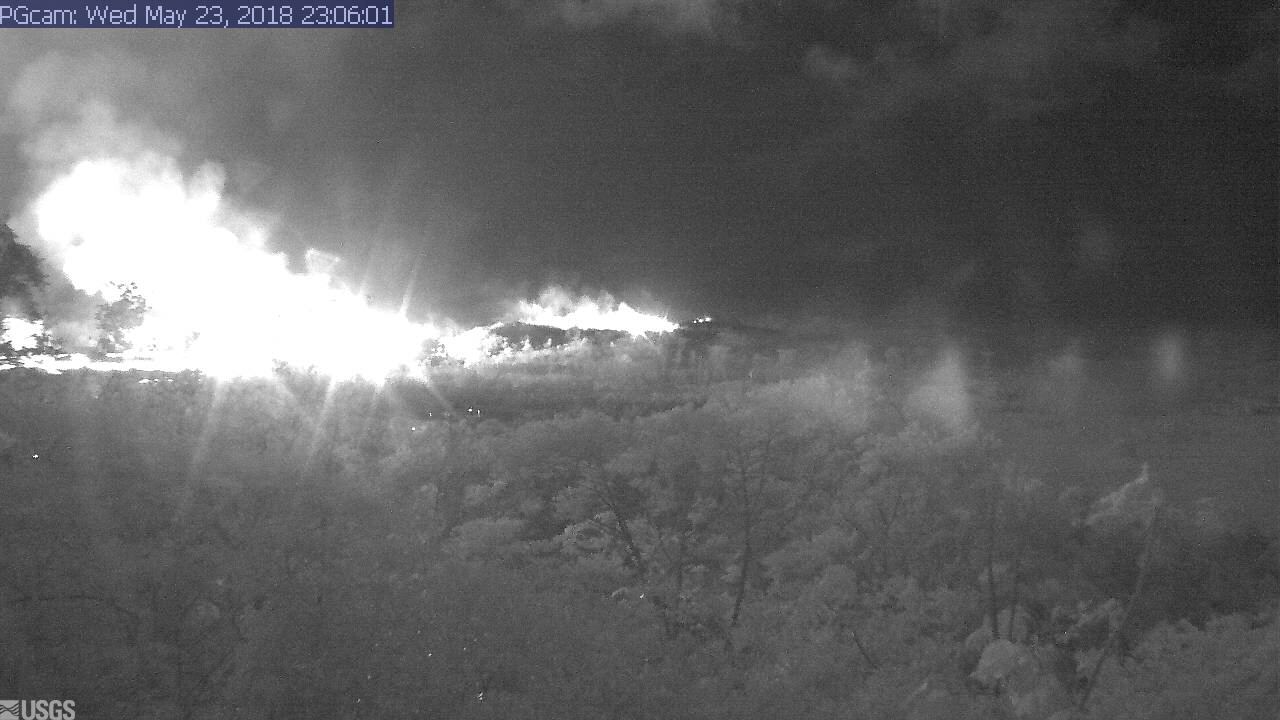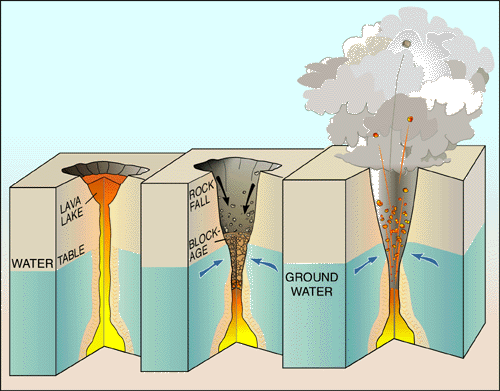Informing the public without panicking them about an extremely unlikely but life-threatening hazard is tricky. So it’s taken the USGS a while to release this document which they’ve been promising the residents of Volcano:
On HVO website: Volcanic Hazard at the Summit of Kīlauea Update [summary: “This document is a guide for understanding current activity and hazard at and around the summit of Kīlauea Volcano. Here, we summarize activity from late April through the present, detail possible future outcomes, and review hazards associated with these outcomes.”] Presumably it’s called an “update” because it supplements the June 26 “Frequently Asked Questions About Kīlauea Volcano’s Summit Earthquakes” FAQ. [EDIT: No, actually, it’s an update to the May 8th “Preliminary Analysis of Current Explosion Hazards at the Summit“]
This was the chief topic of Thursday’s Volcano Village meeting, led not by the National Park Service this time, but by Civil Defense Administrator Tal Magno.
Here’s the FULL video of the meeting. BigIslandVideoNews excerpted the most important part, HVO Scientist-in-Charge Tina Neal’s 4-minute talk:





